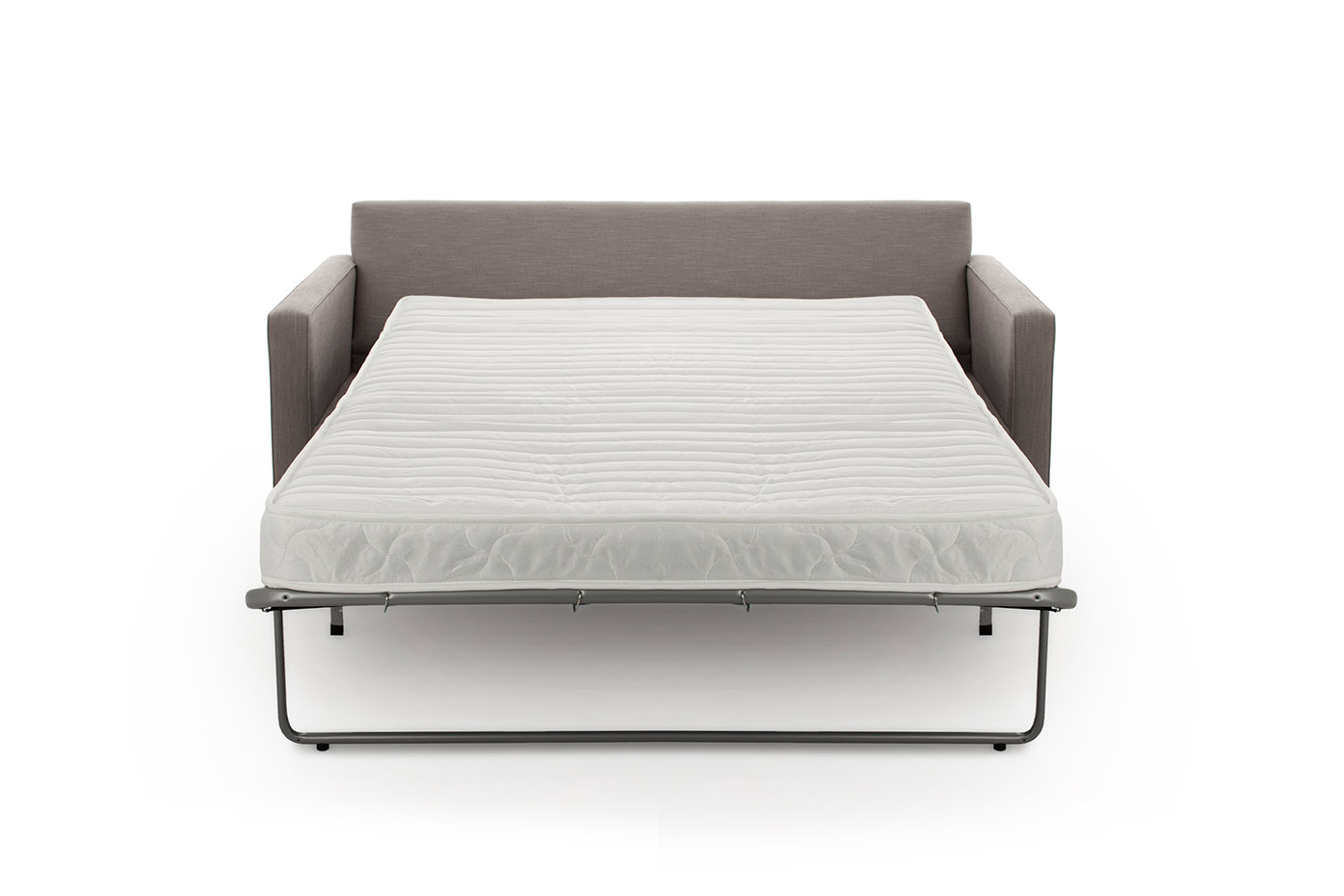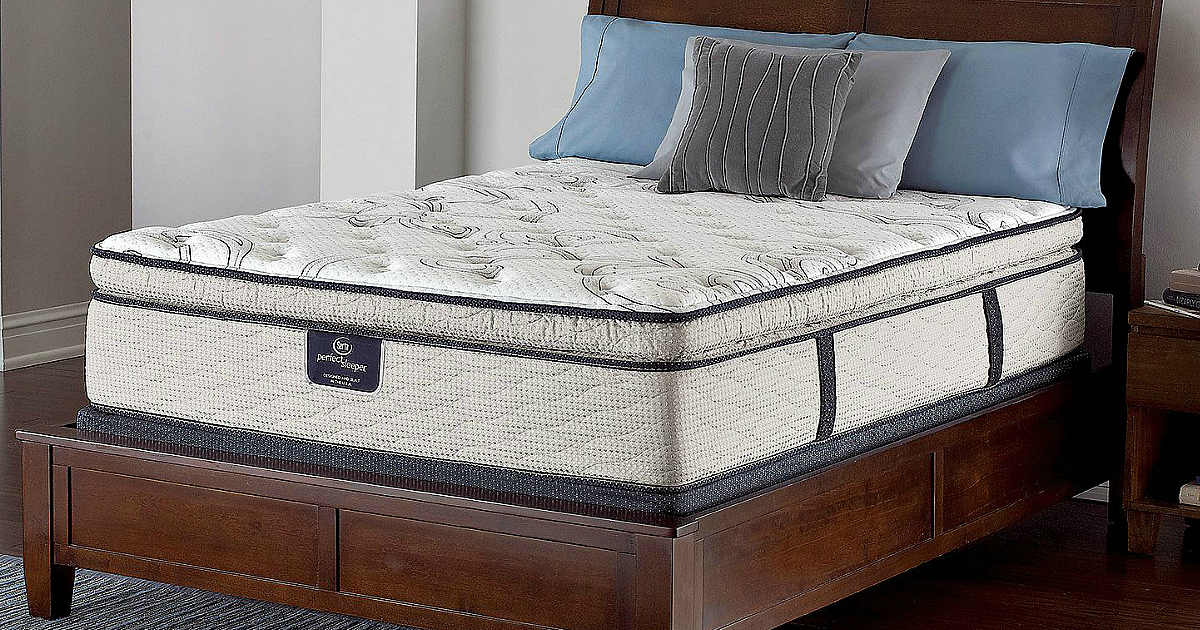Using a Plunger to Unclog a Kitchen Sink
If you're facing a clogged kitchen sink, you might be wondering if a plunger is the right tool to use. The answer is yes! A plunger is a simple and effective tool for unclogging sinks, and it's a much safer option than using harsh chemicals. Here's how to use a plunger to unclog your kitchen sink.
How to Unclog a Kitchen Sink with a Plunger
The first step to unclogging your kitchen sink with a plunger is to make sure you have the right kind of plunger. While a standard plunger can work, a sink plunger with a flat bottom is more effective for sinks. Once you have the right plunger, follow these steps:
1. Fill the sink with enough water to cover the plunger.
2. Place the plunger over the drain and make sure it creates a tight seal.
3. Push down and pull up on the plunger in a quick and forceful motion, creating suction.
4. Continue plunging until the water starts to drain or you feel the clog loosen.
5. If the water starts to drain, run hot water for a few minutes to flush out any remaining debris.
Plunger Method for Unclogging a Kitchen Sink
The plunger method works because it creates suction that can dislodge the clog. This method is especially effective for clogs caused by food debris or grease buildup. It's also a safe option for unclogging sinks because it doesn't involve harsh chemicals that can damage your pipes.
Unclogging a Kitchen Sink with a Plunger
If you've followed the steps above and your sink is still not draining, try adding more water to the sink and plunging again. If that doesn't work, you may need to try a different method or call a professional plumber.
Plunger Techniques for Unclogging a Kitchen Sink
To get the most out of your plunger, here are a few techniques you can try:
- Use a plunger with a flat bottom for sinks. The flat bottom creates a tight seal and creates more suction.
- If your sink has a double drain, make sure to cover the other drain with a wet cloth or use a second plunger to create a seal.
- For tough clogs, add a small amount of dish soap or vinegar to the water in the sink before plunging. This can help break down grease and debris.
Step-by-Step Guide to Using a Plunger on a Clogged Kitchen Sink
If you're still unsure about using a plunger to unclog your kitchen sink, here's a step-by-step guide to help you:
1. Make sure you have the right plunger - a flat-bottomed sink plunger.
2. Fill the sink with enough water to cover the plunger.
3. Place the plunger over the drain and create a tight seal.
4. Push down and pull up on the plunger in a quick and forceful motion.
5. Repeat until the clog is cleared or the water starts to drain.
6. Run hot water for a few minutes to flush out any remaining debris.
Plunger Tips for Unclogging a Kitchen Sink
Here are a few additional tips to keep in mind when using a plunger for unclogging your kitchen sink:
- If you have a garbage disposal, make sure it's turned off before plunging.
- Use a wet cloth to create a seal between the plunger and the sink.
- Don't use a plunger if you've already poured chemical cleaners down the drain. The chemicals can splash back and cause harm.
Can a Plunger Really Unclog a Kitchen Sink?
The short answer is yes, a plunger can effectively unclog a kitchen sink. However, the success of using a plunger depends on the type of clog and how well you use the plunger. If the clog is too severe or if you're not using the plunger correctly, it may not be successful. In those cases, it's best to call a professional plumber.
Plunger vs. Chemicals: Which is Better for Unclogging a Kitchen Sink?
While chemical cleaners may seem like an easy and quick solution for a clogged sink, they can actually cause more harm than good. These harsh chemicals can damage your pipes over time and are not safe for the environment. On the other hand, a plunger is a safe and effective option for unclogging sinks without causing any damage.
The Science Behind Using a Plunger to Unclog a Kitchen Sink
So, why does plunging work to unclog kitchen sinks? It all comes down to the power of suction. When you push down and pull up on the plunger, you create suction that can dislodge the clog. This is especially effective for clogs caused by food debris or grease buildup. Additionally, the force of the water rushing back into the drain after plunging can help to clear out any remaining debris.
In conclusion, a plunger is a simple yet effective tool for unclogging a kitchen sink. By following the right techniques and using the right plunger, you can easily clear out most clogs without causing any damage to your pipes. Remember to always use caution and call a professional plumber if the clog is too severe or if you're unsure about using a plunger.
The Importance of Keeping Your Kitchen Sink Functioning Properly

The kitchen sink is an essential part of any household. It is where we wash our dishes, prepare food, and even dispose of waste. Therefore, it’s crucial to keep it functioning properly to ensure a clean and hygienic kitchen. However, clogged sinks are a common household problem that can disrupt our daily routine and cause frustration. That’s why having the right tools on hand, such as a plunger, can save you time and money in fixing the issue.

When it comes to unclogging a kitchen sink, many people wonder if using a plunger is an effective method. The short answer is yes, a plunger can indeed unclog a kitchen sink . This tool works by creating suction and pressure to dislodge any debris or blockage in the pipes. It is a simple and cost-effective solution that can be used before calling a plumber.
Before using a plunger, it’s essential to assess the severity of the clog. If you can see the blockage, such as a clump of food or hair, you may be able to remove it with a pair of gloves or tweezers. However, if the clog is deeper in the pipes, a plunger is your best bet. Plungers are particularly effective for kitchen sinks because they have a larger suction cup that can cover the drain entirely . This allows for more pressure and force to be applied, making it easier to dislodge the clog.
When using a plunger, make sure to seal the overflow drain with a rag or tape to create more suction. You should also fill the sink with a few inches of water to help with the suction process. Place the plunger over the drain and push and pull in a rapid motion, aiming to create a vacuum. If the clog is severe, you may need to repeat this process a few times, but eventually, the blockage should be cleared.
Although a plunger can work wonders for unclogging a kitchen sink, it’s essential to take preventative measures to avoid future clogs . Be mindful of what you put down your sink, such as large chunks of food, grease, and coffee grounds. Using a drain strainer can also help catch any debris before it goes down the drain. Regularly cleaning your pipes with a mixture of hot water, baking soda, and vinegar can also help prevent clogs.
In conclusion, a plunger is a valuable tool to have in your household, especially when it comes to unclogging a kitchen sink. Its effectiveness, ease of use, and cost-effectiveness make it a popular choice among homeowners. However, if the clog persists, it’s best to call a professional plumber to avoid any further damage to your pipes. With the right tools and preventative measures, you can ensure that your kitchen sink stays functioning properly, making your daily tasks more manageable and your kitchen a clean and hygienic space.



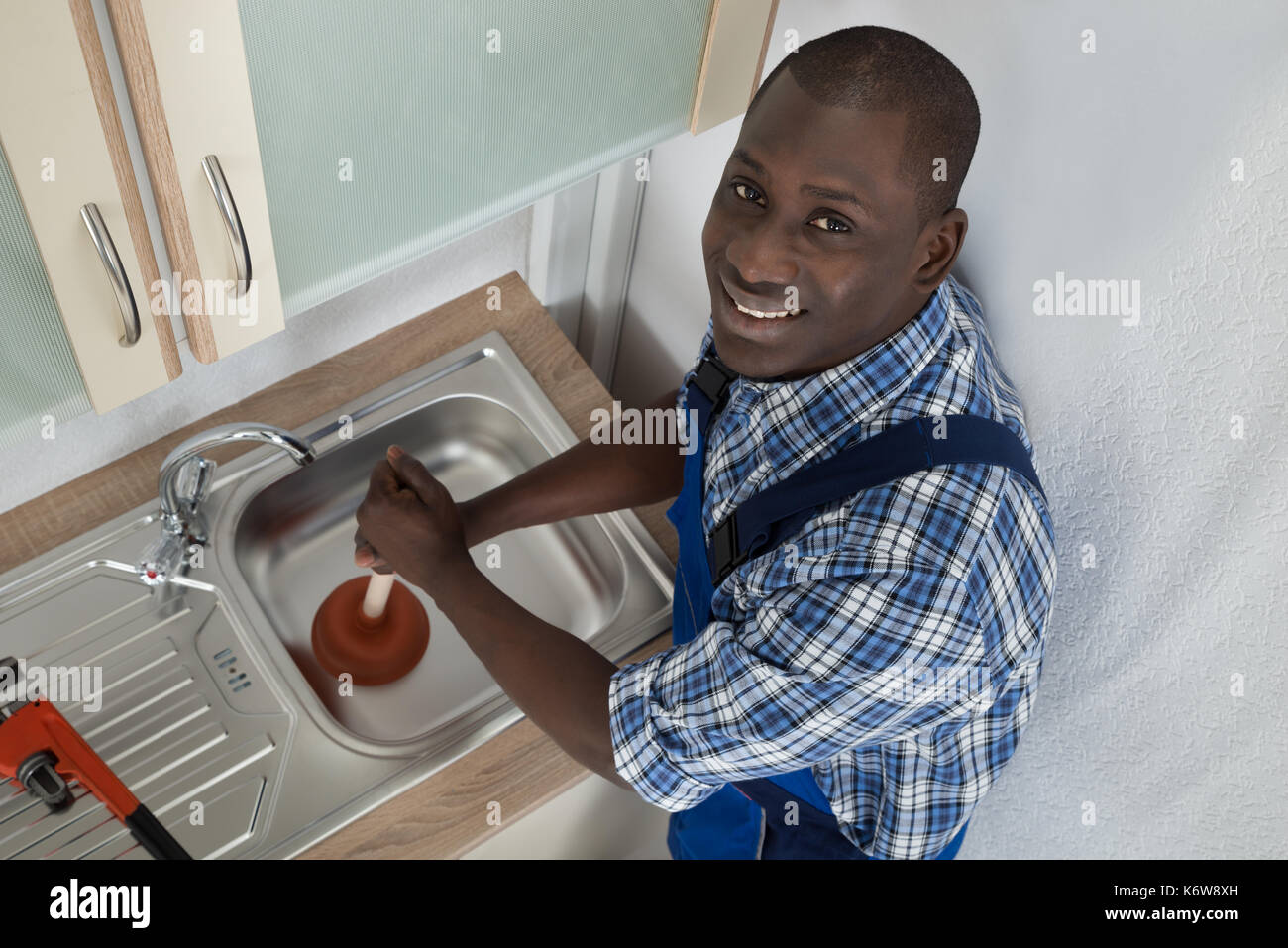





/woman-wearing-yellow-washing-up-gloves-to-unblock-sink-using-plunger-close-up-131987463-5887cfc03df78c2ccd92ec9e.jpg)









:max_bytes(150000):strip_icc()/plumber-unclogging-kitchen-sink-169270382-5797a9355f9b58461f27f024.jpg)







/woman-wearing-yellow-washing-up-gloves-to-unblock-sink-using-plunger-close-up-131987463-5887cfc03df78c2ccd92ec9e.jpg)

/DrainSnake-c4efd6c0f57e4994a171a4b2f2463059.jpg)






:max_bytes(150000):strip_icc()/woman-wearing-yellow-washing-up-gloves-to-unblock-sink-using-plunger-close-up-131987463-5887cfc03df78c2ccd92ec9e.jpg)

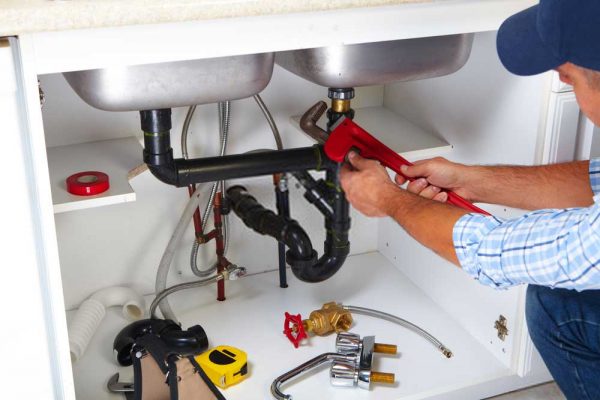

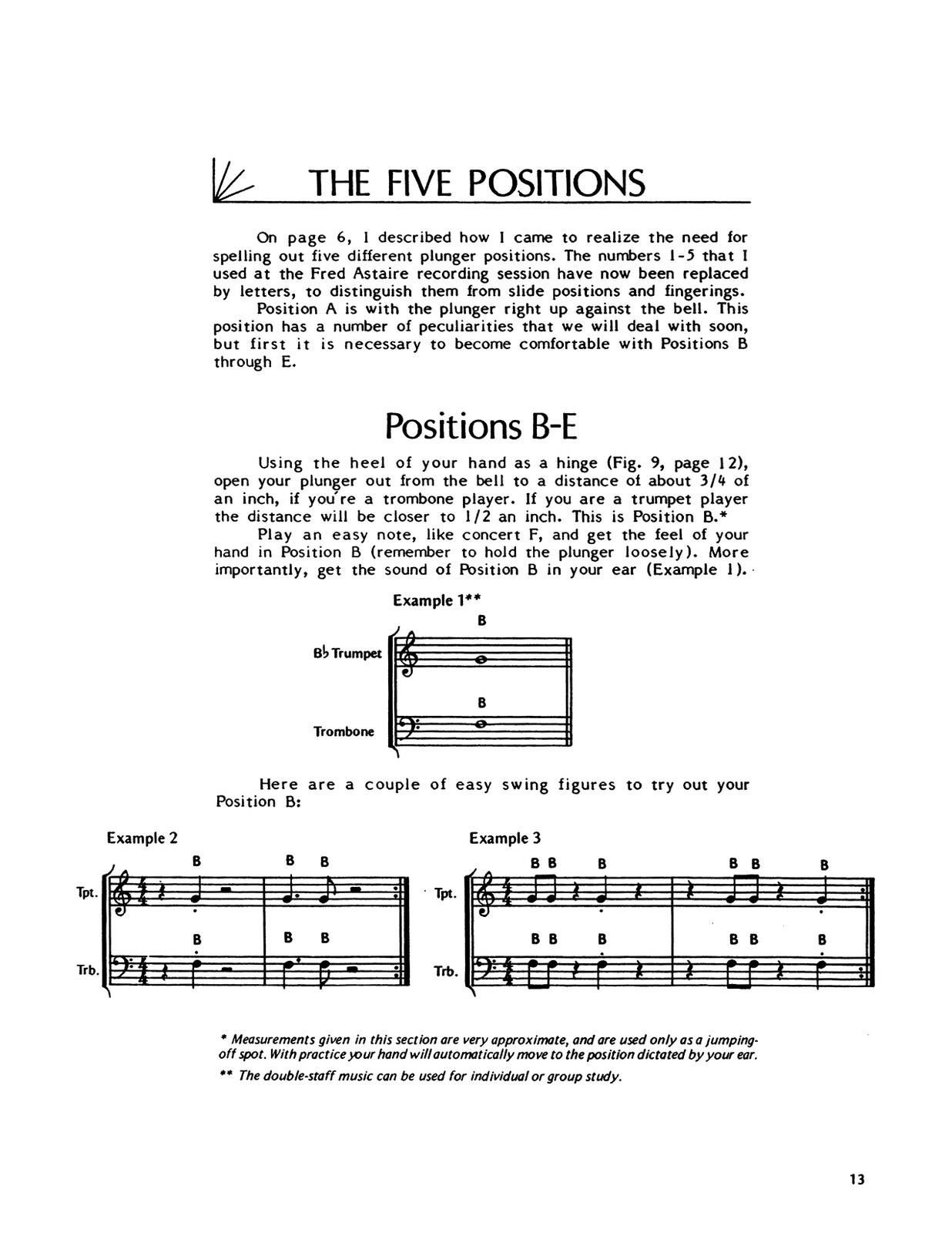



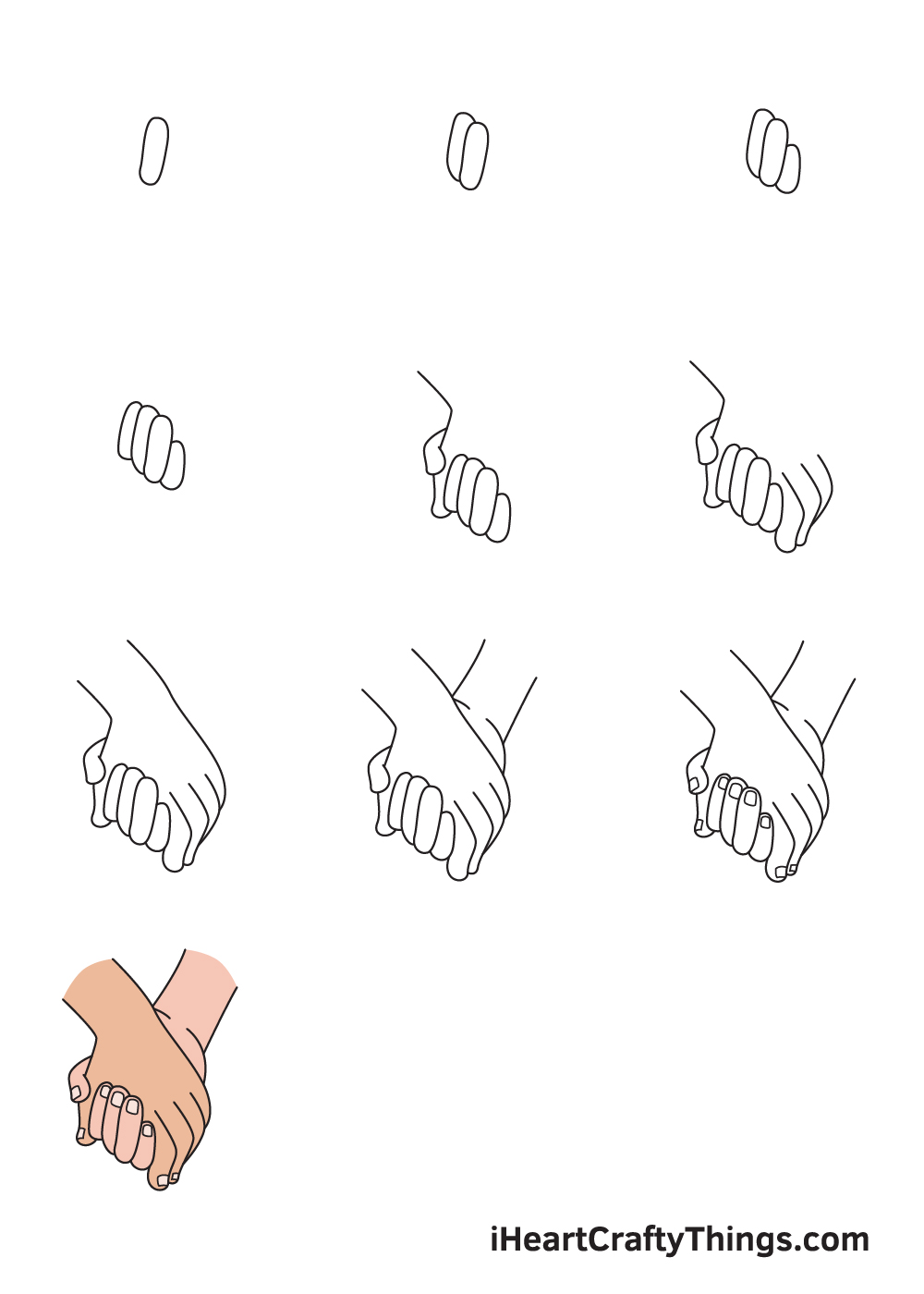



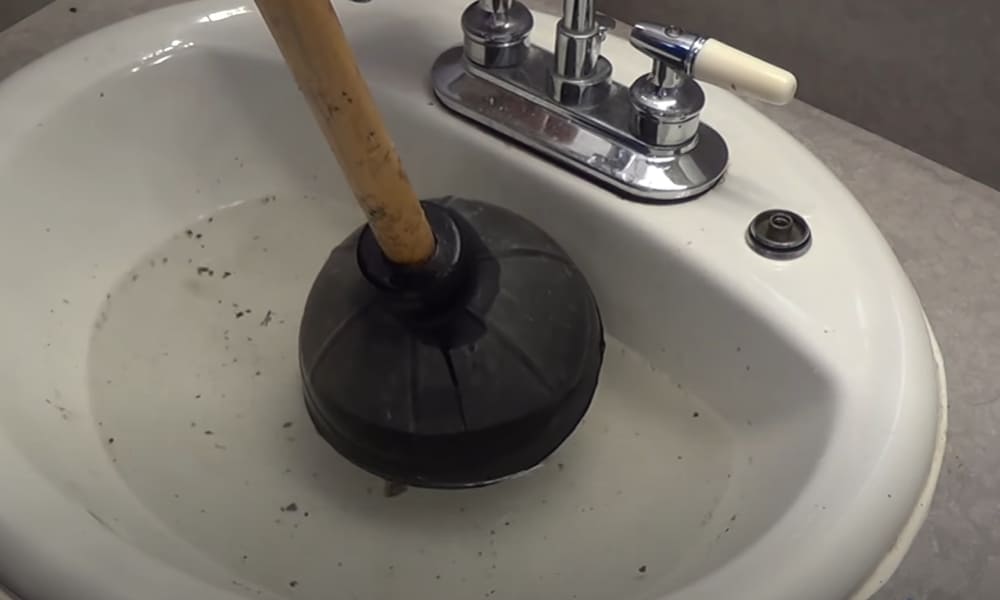




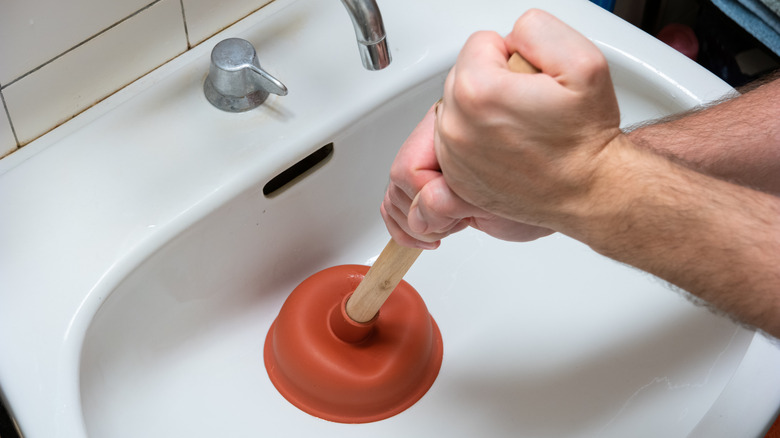





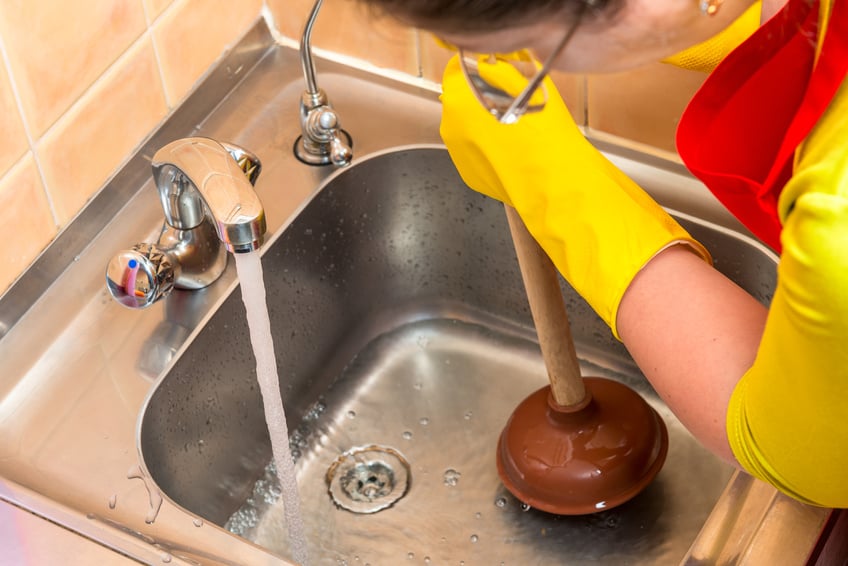
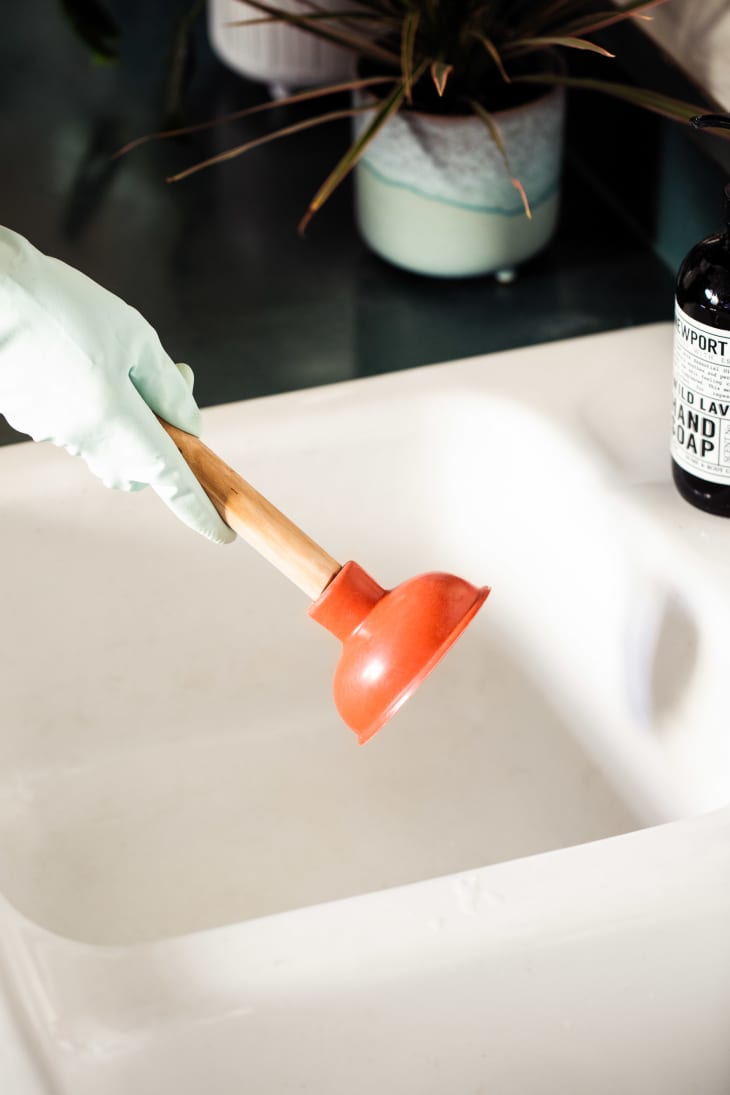
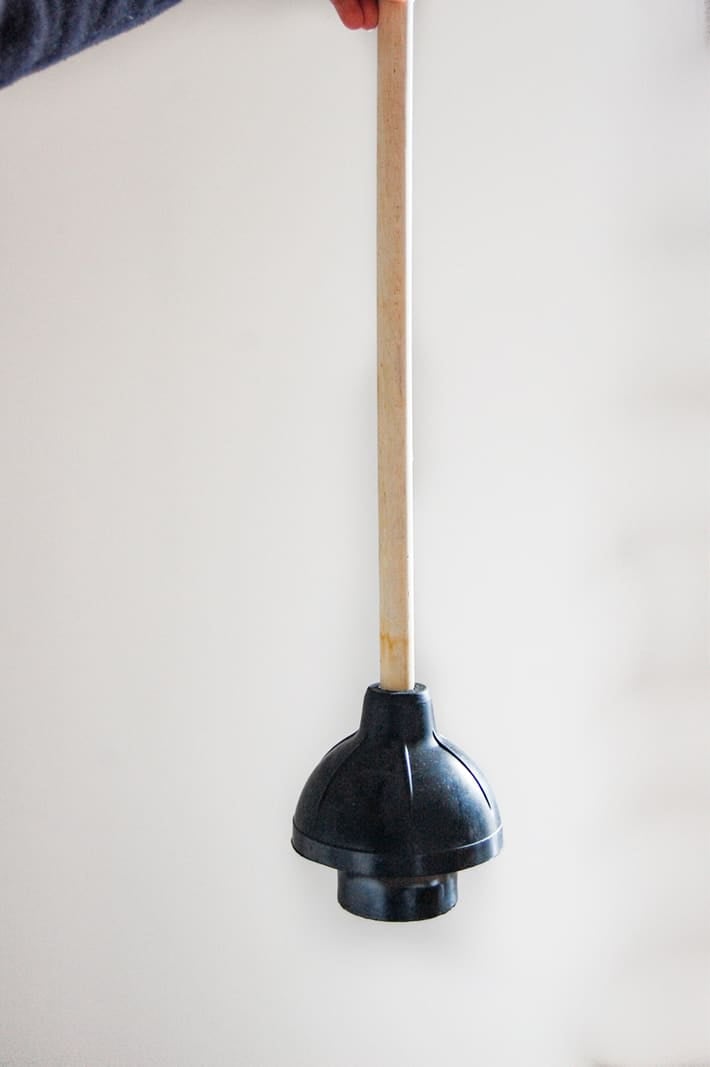

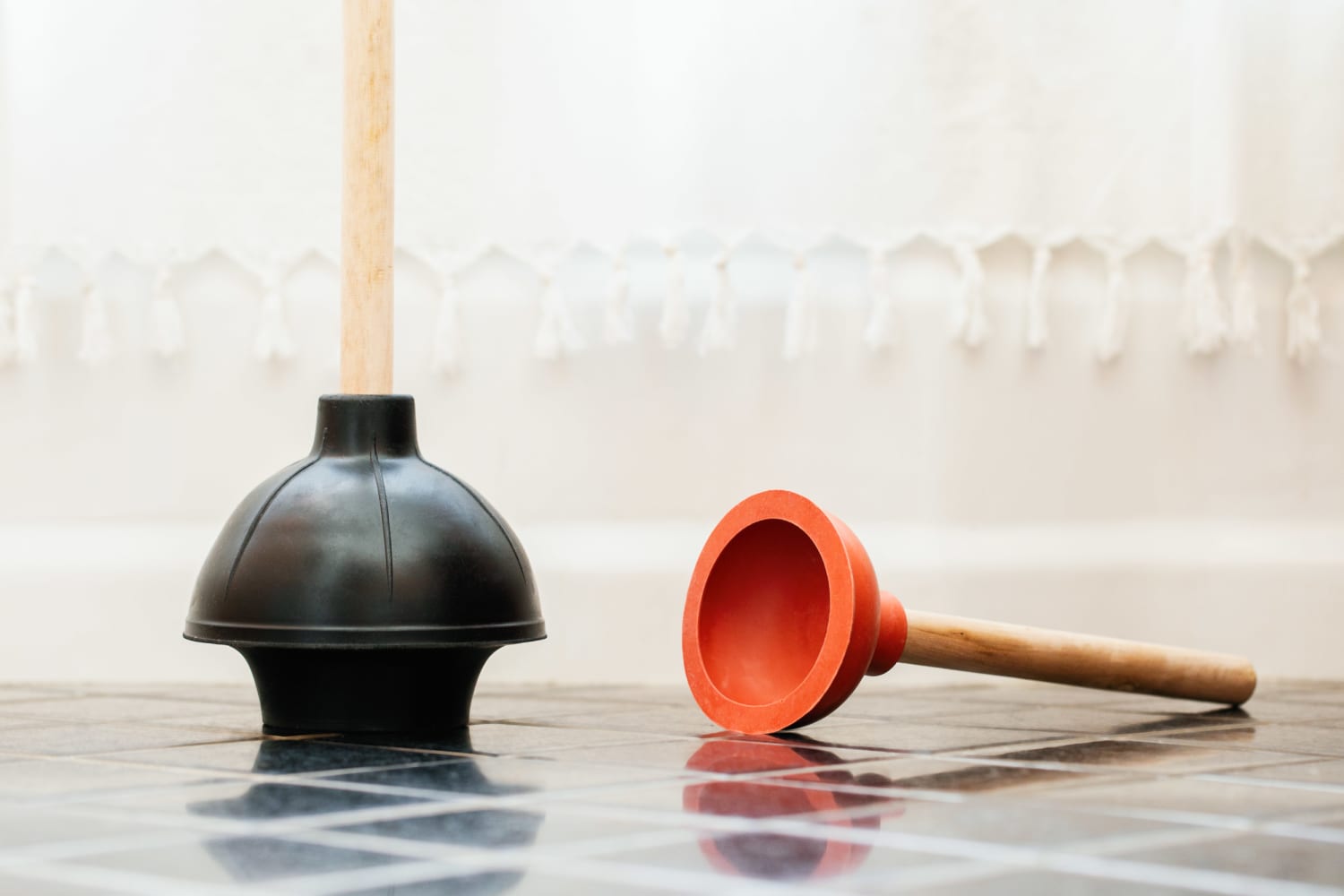


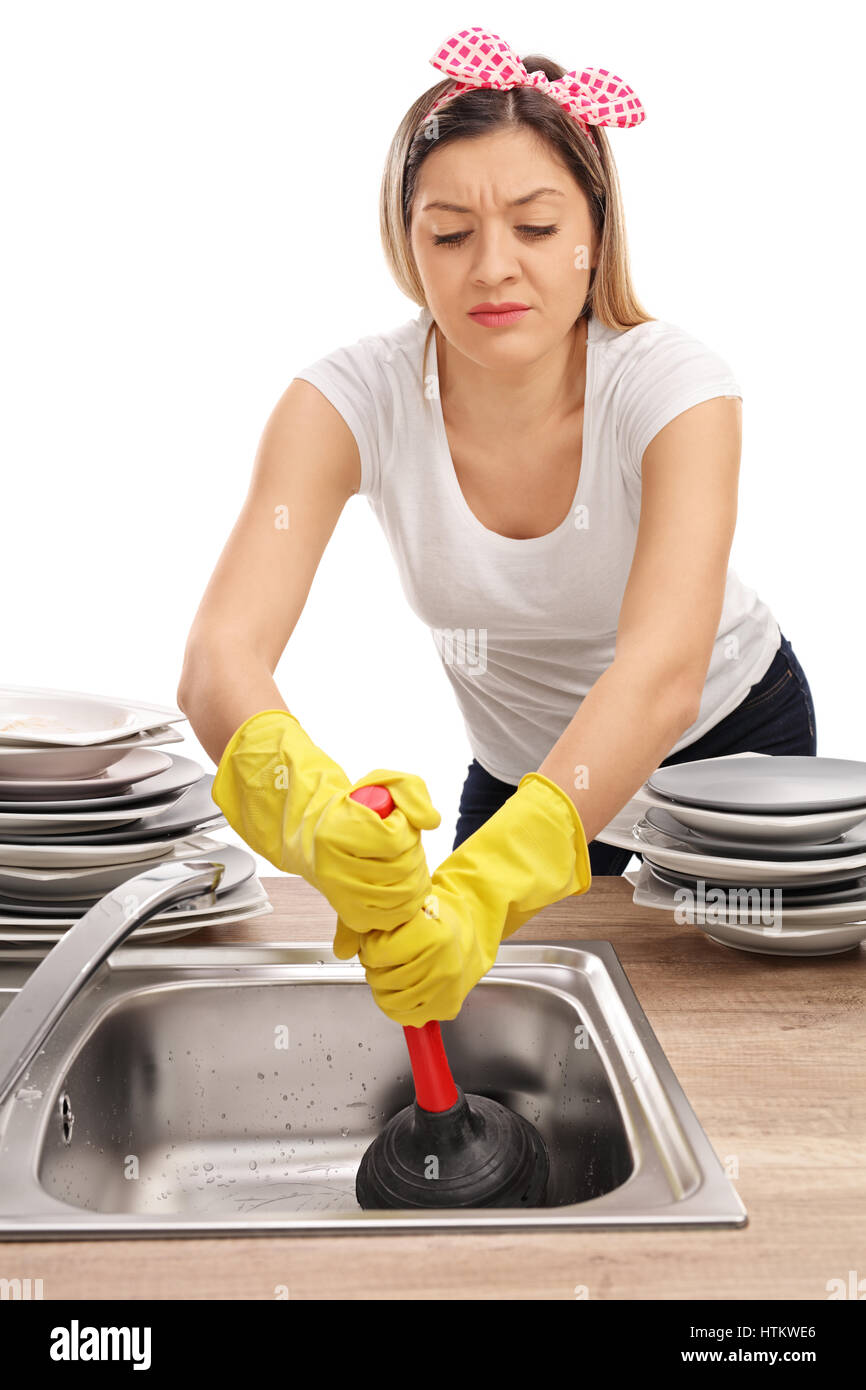


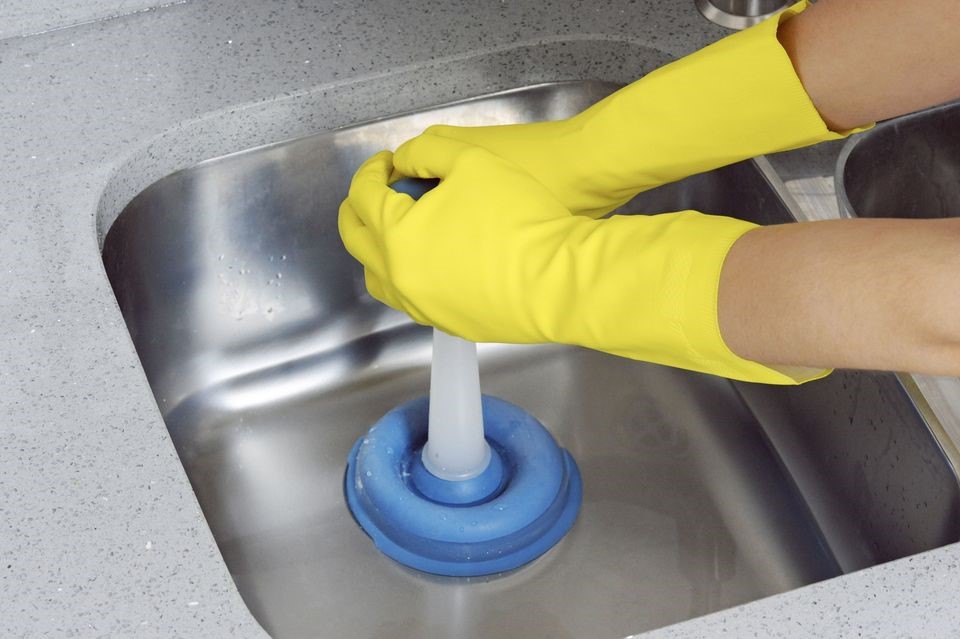


/how-to-install-a-sink-drain-2718789-hero-24e898006ed94c9593a2a268b57989a3.jpg)



